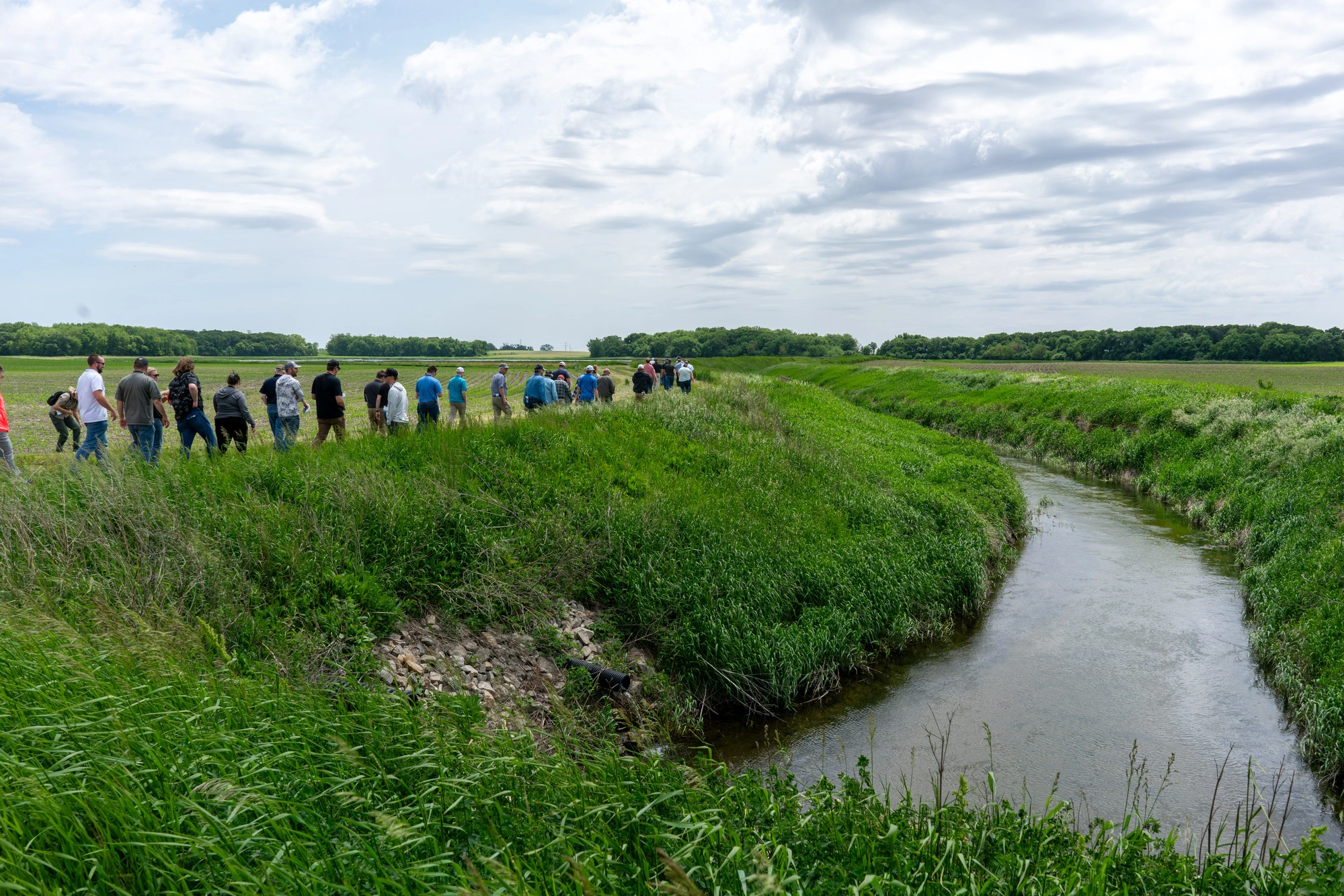Industrial Tetris
The Law of Productivity: Design Matters
The process of creating and packaging manufactured goods, as we all know, can be incredibly complex, requiring a long, large, or cumbersome series of equipment to complete the task. In a business where time is money, each manufacturer’s facility layouts are paramount to their operation’s success. The location and arrangement of equipment, machinery, walkways, and storage can either maximize efficiency and employee safety or compromise productivity and product quality.

Who knows best? The client. Always.
As any great engineering firm knows, quality facility design is at the center of increased productivity, with truly successful buildings constructed to accommodate each client’s preferred flow of production. No one knows these processes better than the manufacturer themselves, which is exactly why it’s critical to work directly with industrial clients to better understand their unique material handling and equipment needs. Clients are tired of being told how to run their business by equipment engineers with little no pulse on the industry as a whole.
The manufacturer, the manufacturer’s needs and preferences, and the manufacturer’s industry expertise should guide designs – period.
Bringing it all together

The roles of facility experts are to ensure that any new building, renovation, or expansion maximizes productivity across the client’s various departmental operations. To do so, one must facilitate internal meetings with facility stakeholders, including representatives from operations, warehousing, quality control, management, and production. Why? Because quality control might need an extra 30 square feet for an additional project check line, warehousing might have an idea of how to save space by reconfiguring storage, and management may have long-term strategic plans that could affect all the above. It’s all relative, and it’s all critical.
Making it Simple
Having one multi-disciplinary team on board and in close collaboration for the entire project minimizes gaps in overall designs and helps ensure that each specific client requirement is met without the need for time-wasting design crossover and multiple consultations. Needless to say, in a business where time is money and productivity is everything, multi-disciplinary firms, such as ISG, are a perfect fit.
Join the conversation #ISGIndustrial #IndustrialTetris
Related Articles

.webp)
ISG Recognized as a 2025–26 Emerging Professional Friendly Firm for the Fourth Consecutive Cycle
ISG has been honored as a 2025–26 Emerging Professional Friendly Firm by AIA chapters in North Dakota, South Dakota, Wisconsin, and Minnesota in recognition of its commitment to fair compensation, licensure support, mentorship, and growth for early-career architects.













